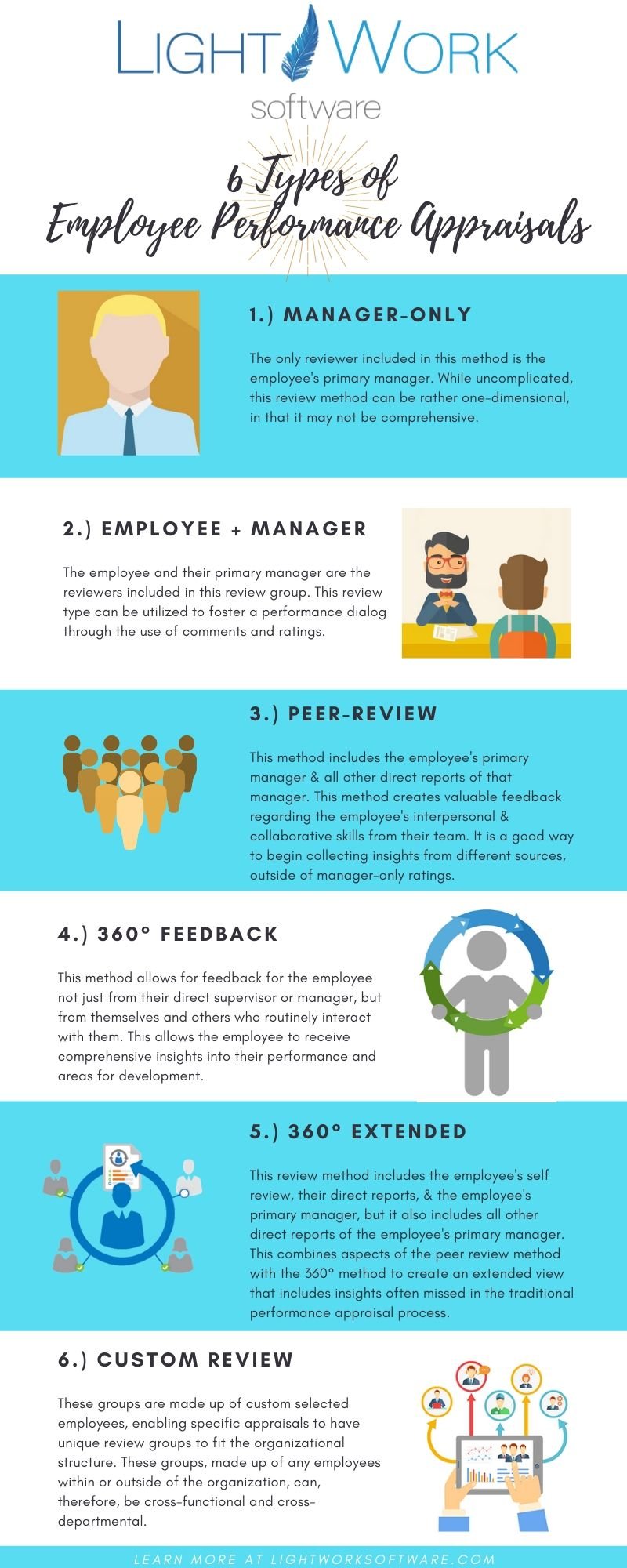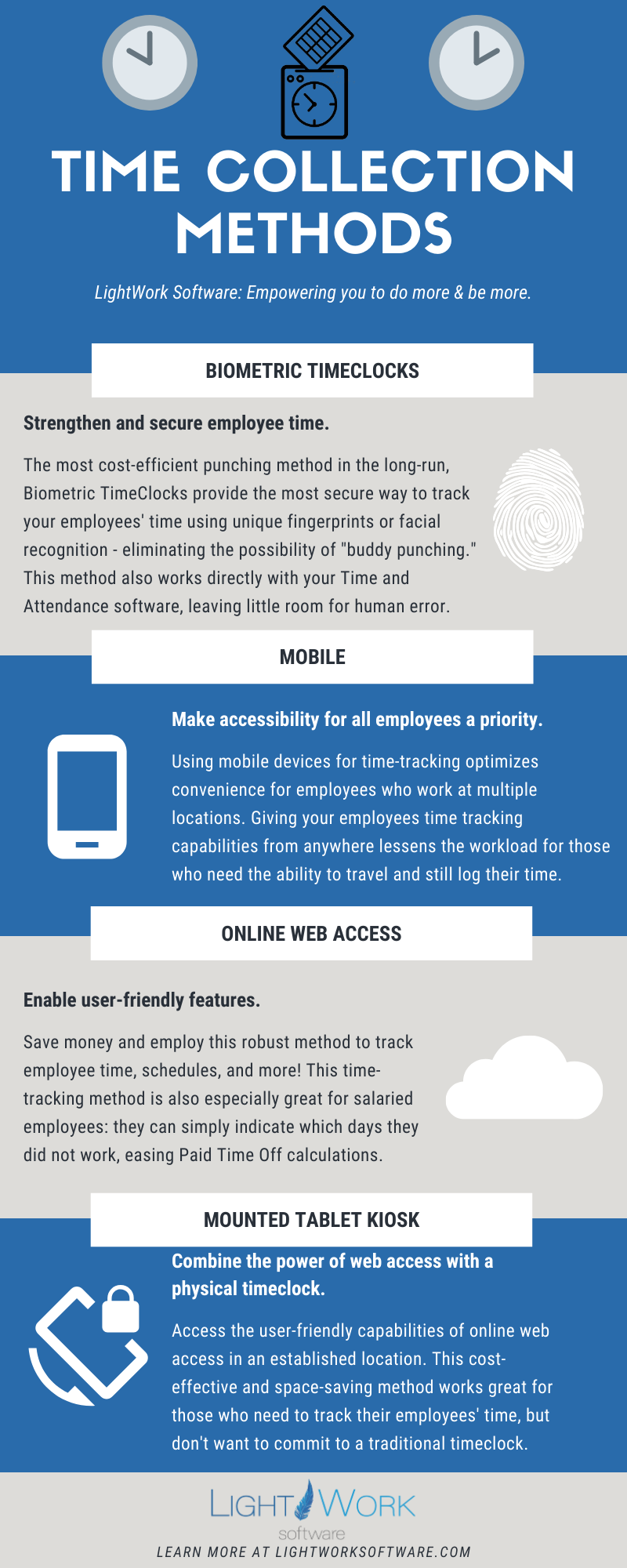Establishing Performance Goals to Garner Success
Establishing employee performance goals ensures that all employees are operating at an optimum level, both professionally and personally. Before setting individual performance goals, be sure employees are aware of the long-term ‘big picture’ organizational goals first. This way everyone starts on the same page. Make sure that each employee understands how their performance fits into the big picture and what is expected. When setting goals, be specific about what you want to accomplish. Devise a way to measure whether the goal was achieved, be it qualitative or quantitative. Additionally, make the goal attainable – the point of the goal is to motivate your employees, not discourage them. Lastly, set a realistic timeline in which the goal is expected to be achieved. A performance timeline ensures accountability and provides a sense of urgency. The goals you set should be relevant to your organization, while at the same time, motivating your employees and investing in their professional development.
-1.png?width=400&height=118&name=lightwork_software_logo_registedtm_transparent%20(2)-1.png)




